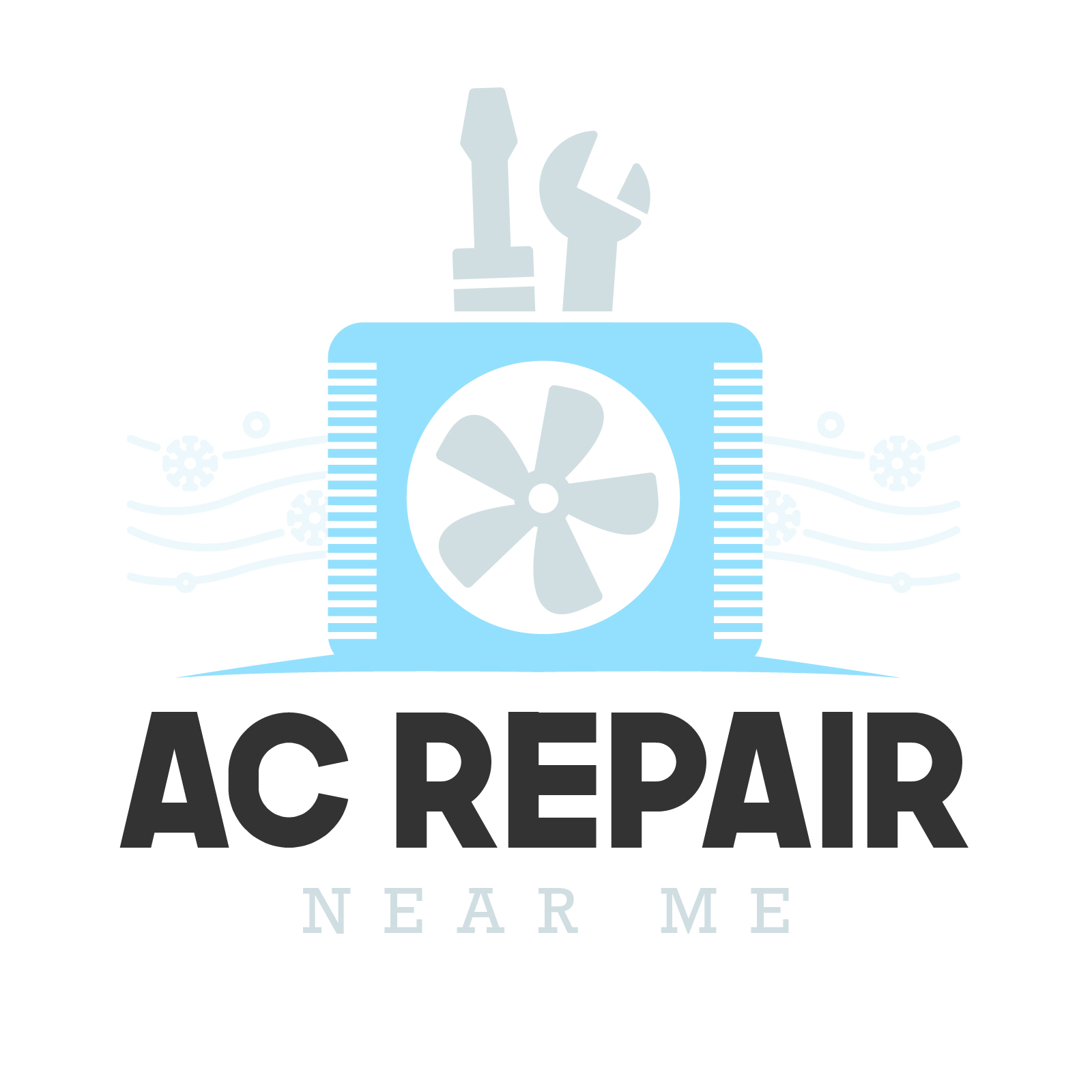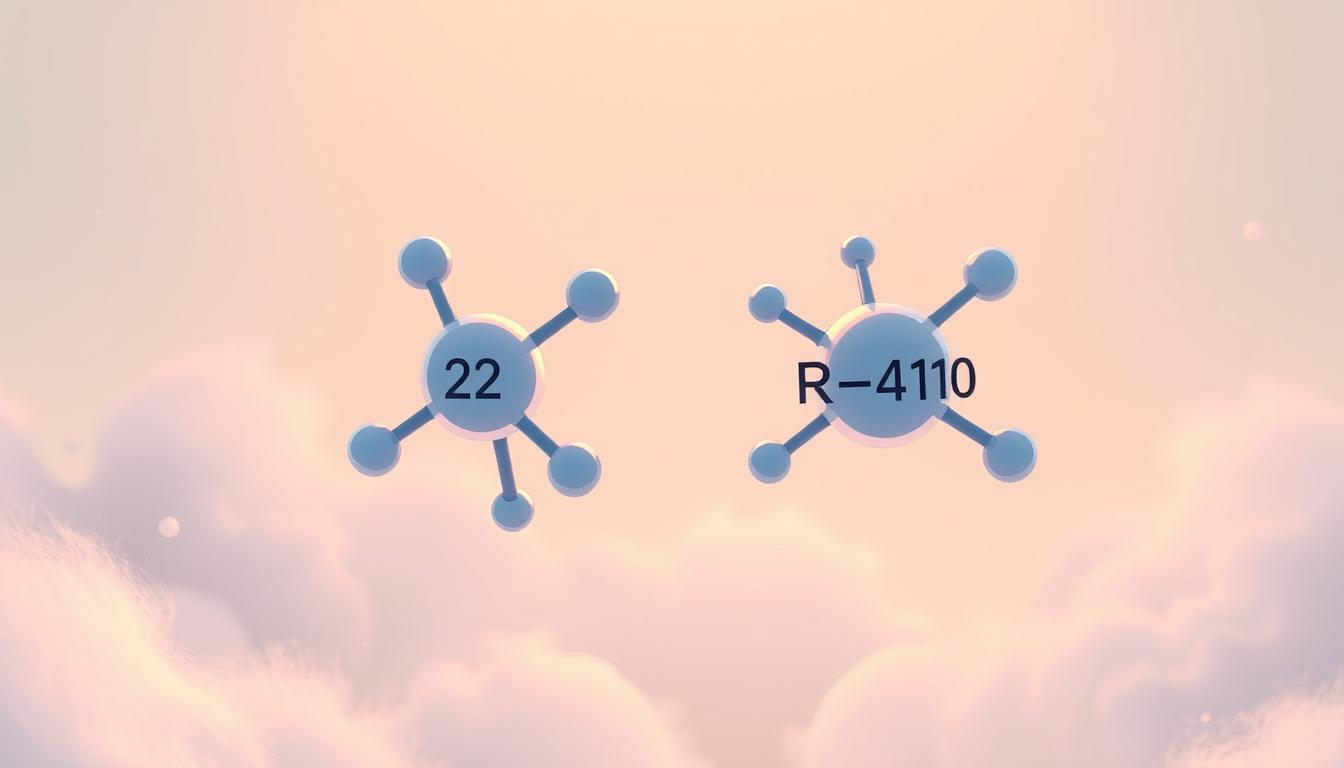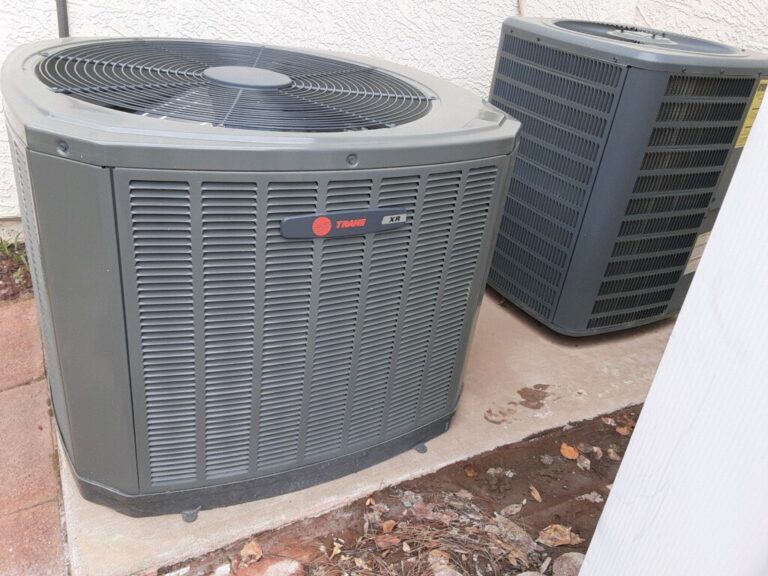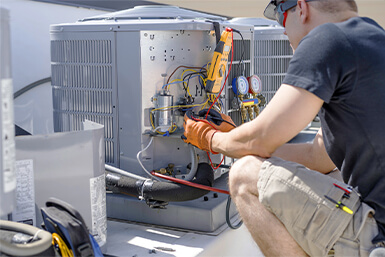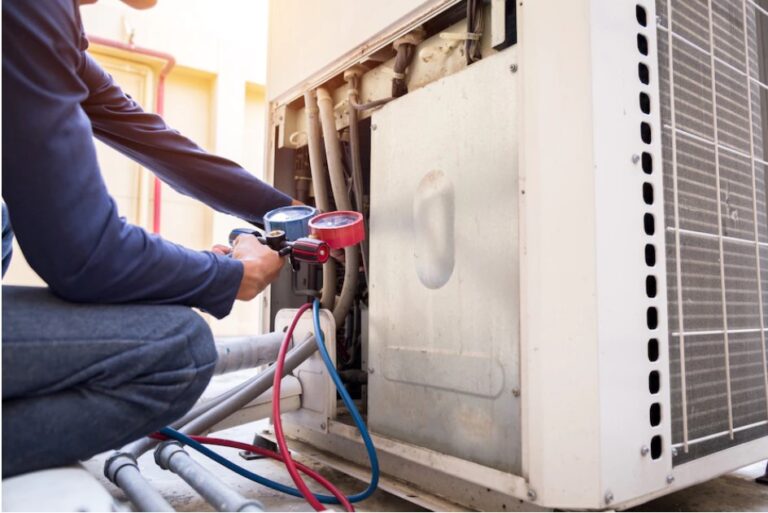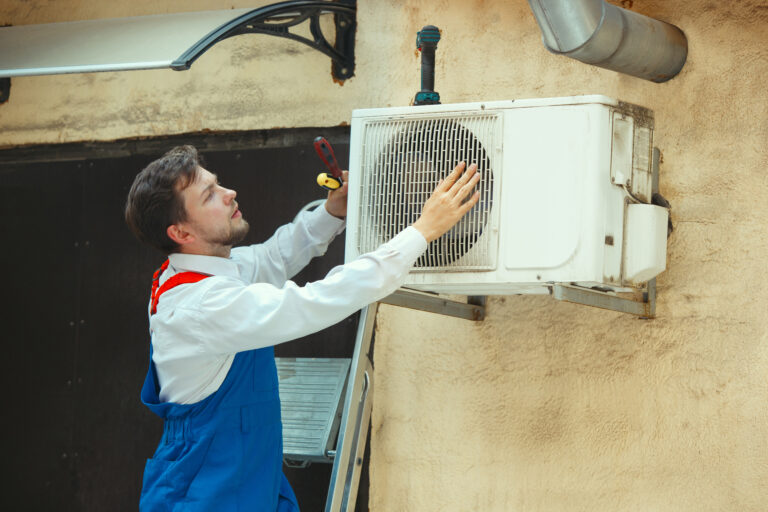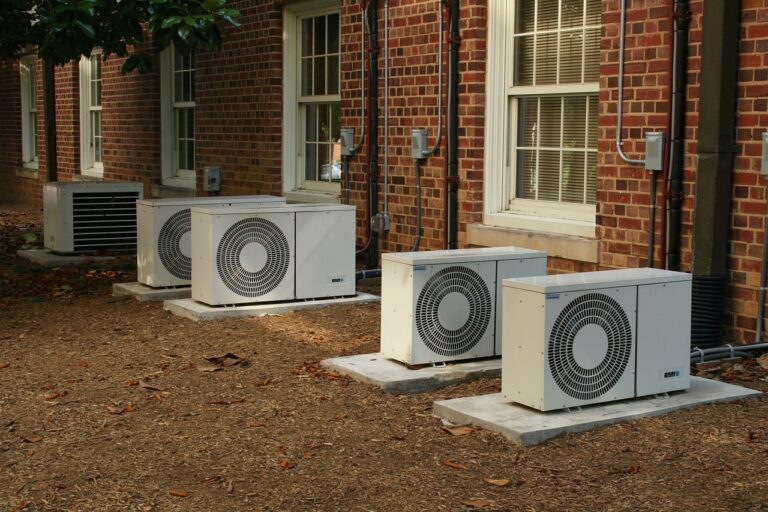R-22 vs R-410A: Which AC Refrigerant Is Better and Why It Matters
The HVAC industry is undergoing a significant transformation, impacting both your wallet and comfort. The United States has committed to reducing greenhouse gas emissions, and one major contributor is the production and use of R-22 refrigerant. As of January 1, 2020, the production and import of R-22 were banned in the U.S.
The industry is now shifting towards R-410A, a more environmentally friendly alternative. This change affects homeowners in various ways, including maintenance costs, repair options, and system replacement considerations.
Understanding the difference between these refrigerants is crucial for making informed decisions about your air conditioning system. As the industry continues to evolve, it’s essential to stay informed about the impact on your home comfort and budget.
Key Takeaways
- The phase-out of R-22 refrigerant affects maintenance and replacement costs.
- R-410A is a more environmentally friendly alternative.
- The transition impacts homeowners’ decisions on repairing or replacing their air conditioning systems.
- Understanding the differences between R-22 and R-410A is crucial for informed decision-making.
- The industry’s shift towards newer refrigerants will continue in the coming years.
Understanding AC Refrigerants and Their Role

Understanding refrigerants is key to grasping how air conditioning works. Refrigerants are substances that change state from liquid to gas as they absorb heat from the surroundings, thus cooling the environment.
What Is Refrigerant and How Does It Work?
Refrigerants are crucial for the cooling process in air conditioning systems. They work by circulating through a cycle of evaporation and condensation, absorbing heat from the indoor air and releasing it outside.
The Environmental Impact of Refrigerants
The environmental impact of refrigerants varies significantly based on their chemical composition. Older refrigerants like R-22 deplete the ozone layer, while newer ones like R-410A, although ozone-friendly, have a high Global Warming Potential (GWP) as they are HFC compounds.
The effects of refrigerants on the environment can be understood through two key factors: Ozone Depletion Potential (ODP) and Global Warming Potential (GWP). R-22 has a high ODP, whereas R-410A has a GWP of 2,380, indicating its significant contribution to global warming.
| Refrigerant | ODP | GWP |
|---|---|---|
| R-22 | 0.055 | 1,810 |
| R-410A | 0 | 2,380 |
R-22 vs R-410A Refrigerant: Key Differences
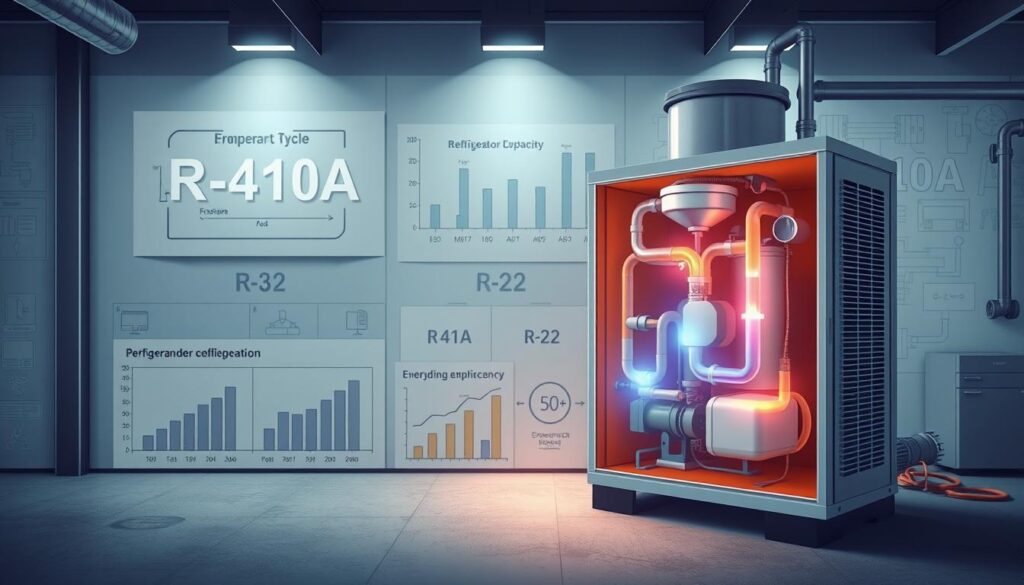
When it comes to choosing the right refrigerant for your air conditioning system, understanding the differences between R-22 and R-410A is crucial. The choice between these two refrigerants affects not only the performance of your air conditioning unit but also its environmental impact.
R-22 (Freon): Properties and Characteristics
R-22, also known as Freon, is a refrigerant that has been widely used in air conditioning systems. However, it has been found to contribute to the depletion of the ozone layer, leading to its phase-out. R-22 has a higher global warming potential compared to R-410A.
R-410A (Puron): Properties and Characteristics
R-410A, or Puron, is a more environmentally friendly alternative to R-22. It does not contribute to ozone depletion and has a lower global warming potential. R-410A is considered a more efficient refrigerant, allowing for better heat transfer and compressor performance. As stated by industry experts, “R410a absorbs and releases more heat so that your air conditioning compressor runs cooler and more efficiently.”
Performance and Efficiency Comparison
R-410A systems generally offer superior performance compared to R-22 systems. They have better heat transfer capabilities, allowing the compressor to run cooler and more efficiently. For more information on the differences between R-22 and R-410A, you can visit Conditioned Air Solutions
The higher operating pressure of R-410A enables more efficient heat absorption and release. Modern R-410A units typically have higher SEER ratings than older R-22 units, translating to lower energy consumption. The improved efficiency of R-410A systems contributes to their lower operating costs over time.
The Phase-Out Timeline and Cost Implications
Understanding the timeline and costs associated with the R-22 phase-out is crucial for making informed decisions about air conditioning systems. The transition away from R-22 refrigerant has been ongoing, with significant milestones already passed.
R-22 Phase-Out: What Has Happened and Why
The production and importation of R-22 have been phased out due to its harmful effects on the ozone layer. As of 2020, the production ban is in full effect, leading to a significant increase in R-22 prices. In 2023, R-22 costs range between $50 and $80 per pound.
R-410A Future: The Upcoming Transition to A2L Refrigerants
R-410A is currently the most common replacement for R-22, but it’s not without its own future challenges. The industry is already looking towards A2L refrigerants, which offer even greater efficiency and lower environmental impact. This transition is expected to continue over the next decade.
Cost Comparison: R-22 vs R-410A Systems and Maintenance
The cost difference between R-22 and R-410A is substantial. Recharging an R-22 system can cost between $300 to $960, while R-410A recharge costs range from $135 to $450 for a typical 3-ton system. Moreover, R-22 system repairs are becoming more expensive due to scarce parts and decreasing technician expertise. “Replacing an old R-22 system with a new R-410A unit not only reduces maintenance costs but also offers significant energy savings,” says an industry expert.
New R-410A systems cost between $3,000 and $7,000 to install, depending on size and efficiency. However, they offer long-term savings through reduced energy consumption and lower maintenance costs. Homeowners should consider the age of their system, repair costs, and potential energy savings when deciding between repair and replacement.
What Homeowners Should Know for Future AC Decisions
Homeowners are at a critical juncture where decisions about their air conditioning systems can significantly impact both their wallets and the environment. If your AC uses R22, you can continue using it, but be prepared for potentially high maintenance costs as the refrigerant supply dwindles. For those with R-410A systems, there’s a window to replace them with either another R-410A unit or consider upgrading to a more environmentally friendly A2L refrigerant system.
When evaluating a new system, consider not just the efficiency and type of refrigerant used, but also the overall cost implications. For more information on the cost of replacing your HVAC, homeowners can visit the provided link. It’s also crucial to think about the long-term benefits of higher efficiency systems and the potential for utility rebates and federal tax credits.
Ultimately, the decision should balance immediate costs with long-term savings and environmental impact. Regular maintenance by qualified technicians is essential for extending the life of your system and maintaining its efficiency. By making informed decisions, homeowners can ensure they’re getting the most out of their heat pump or AC system while being kind to the environment.
